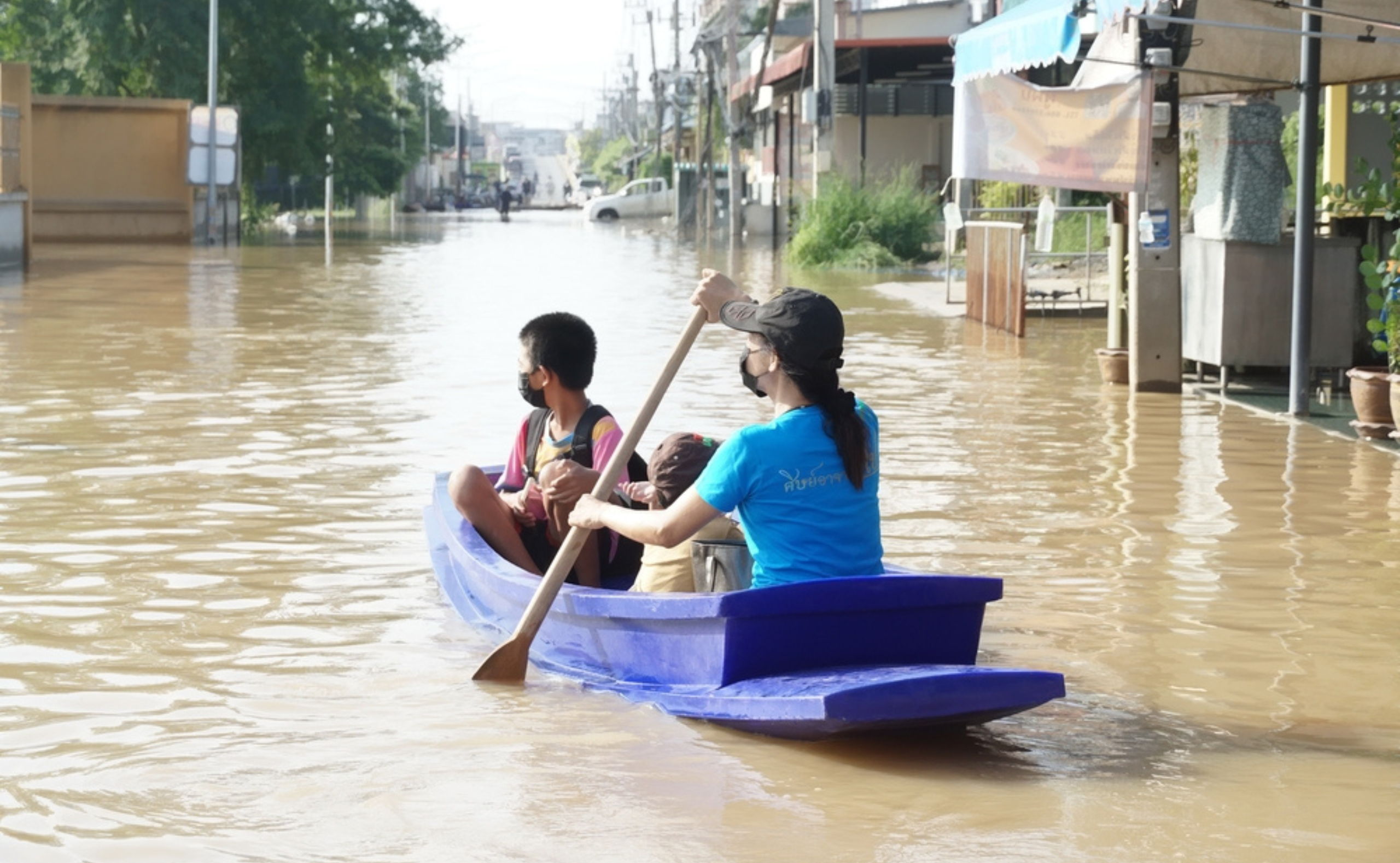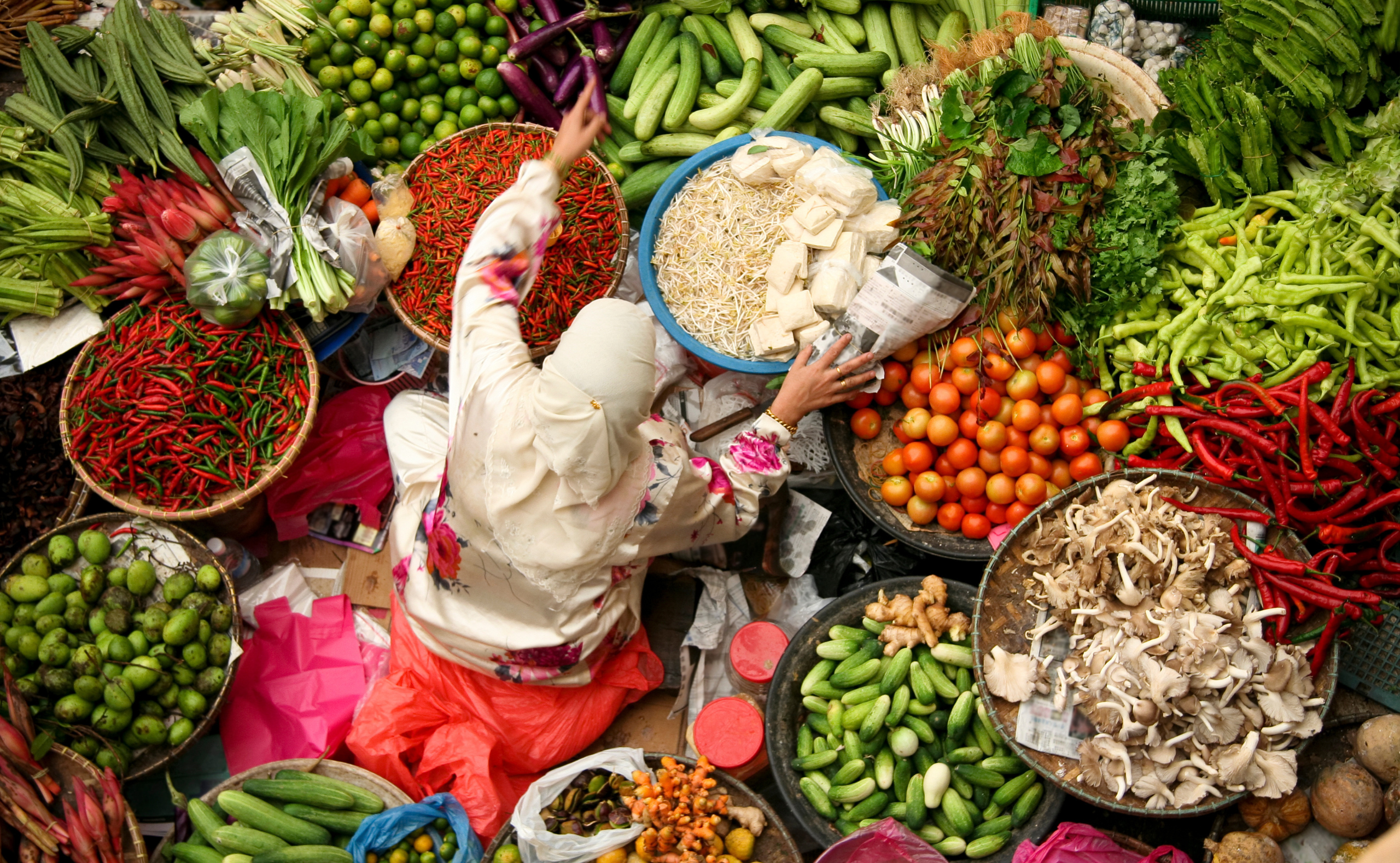 The 28th Conference of the Parties (COP) in Dubai, United Arab Emirates, brought several critical firsts for global health. For the first time at a COP, health made it onto the agenda as one of the key discussion items, underscoring the linkages between climate change and our health. 3 December marked the first-ever dedicated Health Day of any COP, and this monumental day saw 123 governments endorse the Climate and Health Declaration. The declaration recognizes the severity of the impacts on health and well-being brought on by climate change and that stronger climate action can help mitigate these impacts.
The 28th Conference of the Parties (COP) in Dubai, United Arab Emirates, brought several critical firsts for global health. For the first time at a COP, health made it onto the agenda as one of the key discussion items, underscoring the linkages between climate change and our health. 3 December marked the first-ever dedicated Health Day of any COP, and this monumental day saw 123 governments endorse the Climate and Health Declaration. The declaration recognizes the severity of the impacts on health and well-being brought on by climate change and that stronger climate action can help mitigate these impacts.
This year’s COP also signified the first time that health ministers had a significant presence in the multilateral decision-making forum; 110 health ministries, including 49 ministers of health, attended. With this platform, health professionals placed additional pressure on governments to push for an acceleration of the phasing out of fossil fuels to achieve net zero by 2050 and keep the 1.5°C goal within reach while strengthening health systems to ensure a livable and sustainable future for all.
The climate–health nexus
The impacts of climate change on human health are wide-ranging. In recent years, disasters triggered by natural hazards have been increasing, and as temperatures continue to rise, there will be more devastating floods, extensive wildfires, and intense and prolonged heatwaves and droughts. For example, when it comes to heat-related extremes caused by anthropogenic climate change, we are now exposed to twice as many heatwave days compared to 1986–2005, which are particularly dangerous for adults aged over 65 years and infants. Over the last decade, heat-related deaths in people over 65 increased by 85% compared to 1991–2000 (Romanello et al. 2023). When exposed to extreme heat, people can suffer from heat stroke and heat exhaustion, which can be life-threatening without proper medical attention.
Alongside heatwaves, droughts are also becoming more prevalent, jeopardizing water security, sanitation, agriculture, livestock breeding, and, consequently, food supply. The global land area affected by extreme drought increased from 18% in 1951–1960 to 47% in 2013-2022 (Romanello et al. 2023). Intensification of droughts and extreme heatwaves make the perfect combination for a higher risk of wildfires, which have similarly become more common. This of course is also largely due to poor land use management and other unsustainable practices. Health risks associated with wildfires include the direct hazards from fire exposure in addition to smoke inhalation, exposure to harmful air pollutants and particulate matter, and mental illness from the associated trauma in the aftermath.
Additionally, climate change can lead to the spread of infectious diseases, such as human immunodeficiency virus, Zika, malaria, dengue, influenza, Ebola, MERS, and SARS, among others, which are responsible for millions of deaths globally each year (GBD 2019 Diseases and Injuries Collaborators 2020). Studies have found that as many as half of all known human pathogenic diseases, including those stemming from bacteria, viruses, animals, plants, fungi, and protozoa, can be aggravated by climate change. Transmission channels, which include vector-borne, airborne, and direct contact, among others, are also affected by climate change (Mora et al. 2022). For example, in Japan, the Asia tiger mosquito (Aedes (Stegomyia) albopictus), which is responsible for carrying dengue fever, Zika, and other diseases, has in recent years made its way all the way up to Aomori Prefecture, the northernmost point of Japan’s main island of Honshu. Previously, such diseases were regarded as endemic diseases since they were essentially limited to tropical and subtropical regions. A report by Japan’s Ministry of the Environment (2020) linked these occurrences to increased temperatures in addition to water quality deterioration and surface flooding. As temperatures rise and rainfall increases in monsoon regions of South Asia, Southeast Asia, and East Asia, infectious diseases will become more widespread.
Building climate-resilient health systems
While climate change mitigation remains imperative, governments must also focus on climate adaptation measures, including building more resilient health systems. Between 2010 and 2020, highly vulnerable regions, accounting for 3.3 billion–3.6 billion people, experienced a mortality rate 15 times higher compared to regions less susceptible to climate change (Intergovernmental Panel on Climate Change 2023). The coronavirus disease (COVID-19) pandemic showed that many countries did not have adequate health systems and health coverage, leaving them underprepared to respond to such a strong shock. This was especially true in developing countries whose populations were disproportionately impacted by the pandemic, particularly the most vulnerable and marginalized communities, which include women and children. Developing Asia and the Pacific is also one of the most vulnerable regions to climate change, and the situation was compounded by the impacts of the pandemic, which further justifies the need to strengthen health insurance systems.
Achieving universal health coverage (UHC) can help to ensure that all people have equitable access to quality and affordable essential health services when they are needed. UHC is critical for achieving the Sustainable Development Goals (SDGs) because it can deliver substantial benefits at a population level. Beyond improving health indicators, achieving UHC can drive economic development, improve efficiency, reduce poverty and inequality, and build social harmony; it is also a precursor to building climate-resilient health systems (Yates et al. 2021). In the current situation, people in vulnerable and marginalized communities face the most substantial health impacts and often lack access to the quality and affordable health services they need. These circumstances are growing worse as the effects of climate change become increasingly apparent. By establishing UHC, governments can help to protect people from the financial hardships associated with paying out-of-pocket for health services, thereby reducing their chances of being pushed into poverty.
The way forward: What’s next after COP28?
Following the conclusion of COP28, government leaders have returned to their respective countries and will need to head back to the drawing board again to figure out effective measures that prioritize the health and well-being of their people amid the adverse impacts of climate change. To strengthen health systems, policy makers should focus on resilience, equity, and greening the health sector. Resilient health systems can anticipate, respond to, recover from, and adapt to climate impacts. Ensuring equity requires inclusive coverage that supports vulnerable and disadvantaged groups, including the introduction of gender-sensitive policies that take into account the climate-induced impacts on women and their health. The health sector must also make efforts to adopt more sustainable practices and reduce greenhouse gas emissions as the sector currently contributes to the problem by emitting approximately 5% of global greenhouse gas emissions (Romanello et al. 2023).
Finally, it is important that quality health services remain accessible and affordable. Financing will be critical, and the Asian Development Bank, the Green Climate Fund, the Global Fund, and the Rockefeller Foundation have committed to a joint fund of $1 billion to support these initiatives, particularly for developing countries. The Climate and Health Declaration also emphasizes the need to better leverage synergies between climate change and health to improve the efficiency and effectiveness of finance flows. Recognizing the severity of this issue, countries that are able to build resilient and equitable health systems will be better prepared to prevent and respond to the potential health threats that may arise in the future, including those brought on or amplified by climate change.
References
GBD 2019 Diseases and Injuries Collaborators. 2020. Global Burden of 369 Diseases and Injuries in 204 Countries and Territories, 1990–2019: A Systematic Analysis for the Global Burden of Disease Study 2019. Global Health Metrics 396(10258).
Intergovernmental Panel on Climate Change. 2023. Climate Change 2023 Synthesis Report: Summary for Policymakers. Geneva: IPCC.
Ministry of the Environment, Japan. 2020. Assessment Report on Climate Change Impacts in Japan.
Mora, C., T. McKenzie, and I. Gaw. 2022. Over Half of Known Human Pathogenic Diseases Can Be Aggravated by Climate Change. Nature Climate Change 12: 869–875.
Romanello, M., et. al. 2023. The 2023 Report of the Lancet Countdown on Health and Climate Change: The Imperative for a Health-Centered Response in a World Facing Irreversible Harms. The Lancet.
Yates, R., J. Hamer, N. van der Mark, and S. Nganizi. 2021. Accelerating Progress Towards Universal
Health Coverage in South Asia in the Era of COVID-19. Kathmandu: United Nations Children’s Fund.




